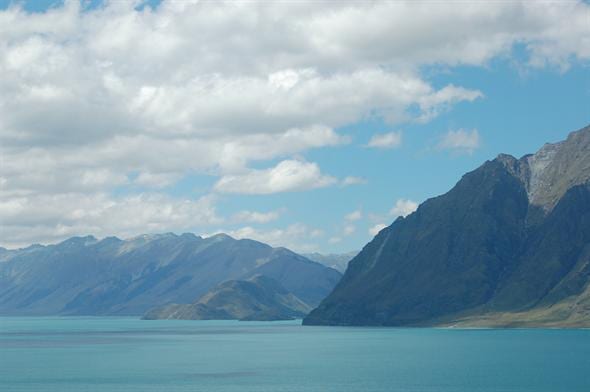
The South Island’s features are more dramatic, with glacier-topped jagged mountains plunging into lakes and fjords.
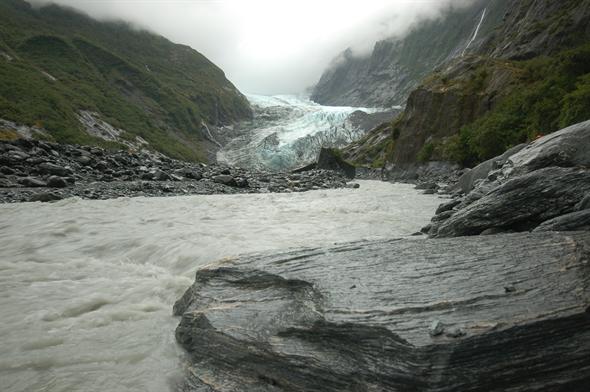
The Franz Josef Glacier is a popular site, offering camping, hiking and climbing opportunities. The equally impressive Fox Glacier is just to the south. The glacial ice is so heavy that it crushes the rocks beneath it into a powder so fine it’s known as rock flour. As the glacier melts, the flour is carried away by the water, giving the glacial Credit: river its characteristic milky grey colour.
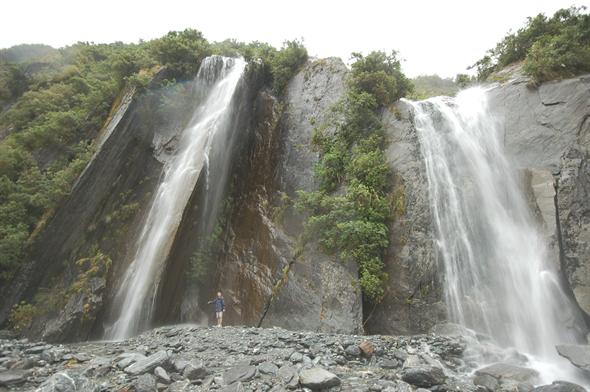
Along the glaciers are waterfalls aplenty, as well as ice caves, canyons and strange frozen formations. Credit: river its characteristic milky grey colour.
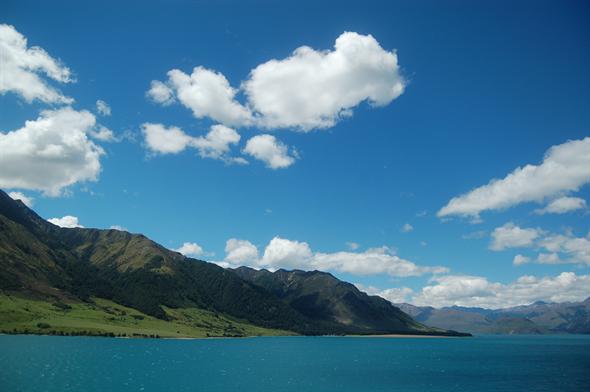
The view from Lake Wanaka is composed of seemingly infinite shades of green and blue. About an hour north of the adventure travel hub of Queenstown, Wanaka is strategically located to allow easy access to both Mount Cook and the Fox and Franz Josef glaciers. Credit: of the surrounding mountains.
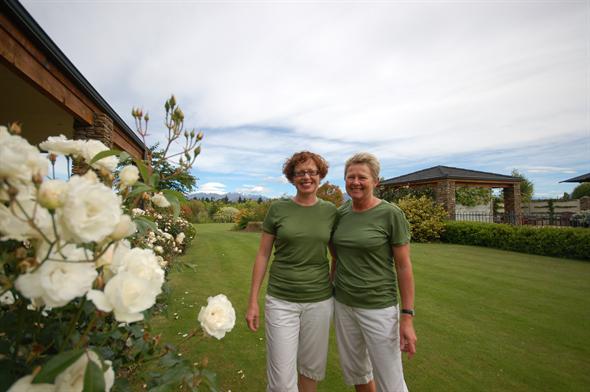
Sally Carwardine (l) and Rebecca Butts are your hosts at the stylish and comfy Lime Tree Lodge just outside of Wanaka. The gals are loads of fun and happy to offer helpful tips on the best restaurants, vineyards and activities in the area. Credit: of the surrounding mountains.
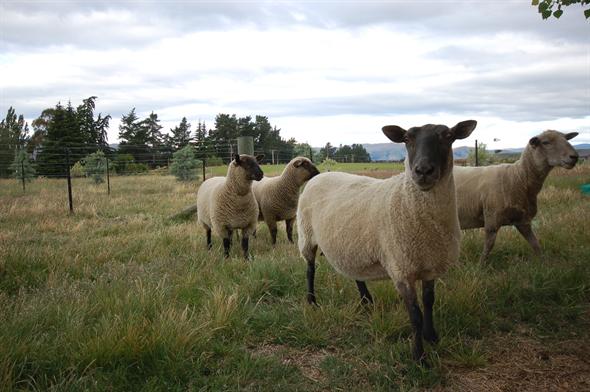
Rosie, Georgie, Tom & Smudge are Sally and Rebecca’s sheep at the Lime Tree Lodge. The clever and sociable animals will come running when called by name. Credit: of the surrounding mountains.
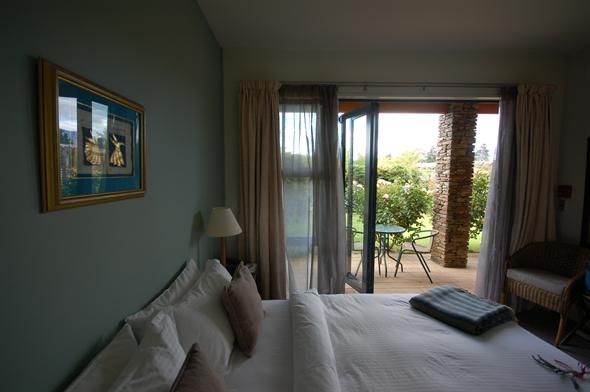
Rooms at the Lodge open onto terraces surrounded by rose bushes. In addition to the sheep, the grounds feature extensive gardens and an outdoor swimming pool. New Zealand is awash with gay-owned and gay-friendly places to stay. The Gay Stay network offers the opportunity to travel the country by moving from one gay-owned hotel to another. Credit: of the surrounding mountains.
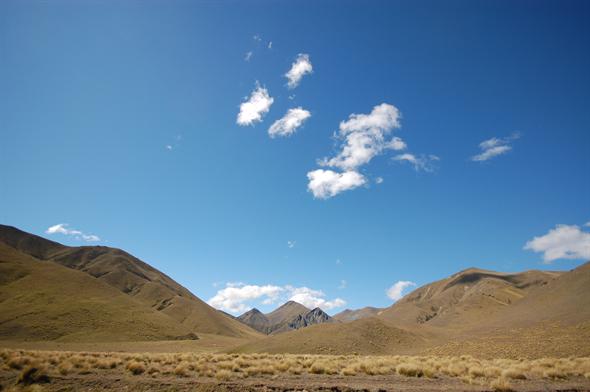
A couple of hours from Wanaka’s lushness, the landscape morphs into a mountainous desert. The soft, dry grasses make a comfy spot to lie and watch the little puffy clouds drift across the sky. Credit: of the surrounding mountains.
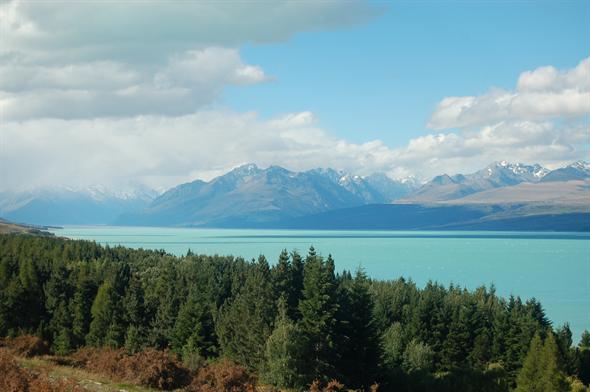
The glacial water of Lake Pukaki is an especially iridescent green, due to the suspension of fine rock flour that is too light to settle. Because the sun can’t penetrate the opaque water, most organisms can’t survive in it. Consequently, most glacial lakes are dead lakes — devoid of any kind of life. Credit: of the surrounding mountains.
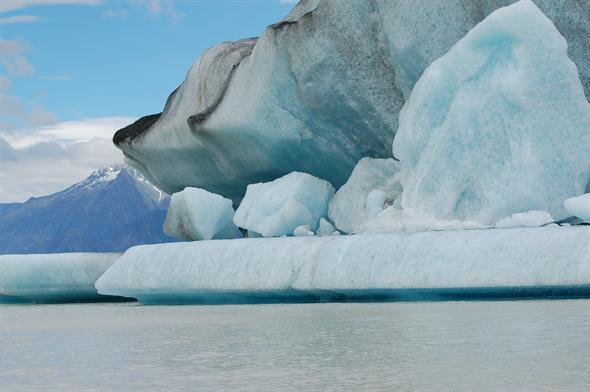
Giant icebergs glide in Tasman Lake after breaking away from the Tasman Glacier, a 29 km-long, 600m-thick glacier that terminates at one end of the lake. Lake Tasman, which grows as the glacier retreats, did not exist until 1973. Credit: of the surrounding mountains.
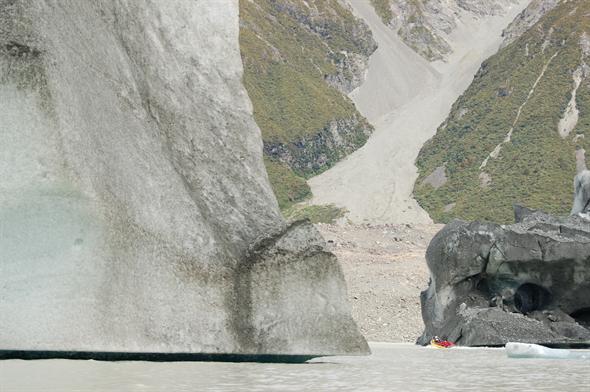
The little yellow boat, filled with a dozen passengers in red lifejackets, gives a sense of the scale of the giant icebergs. Boaters in large dinghies get close enough to touch and taste the glacier and icebergs. Credit: of the surrounding mountains.
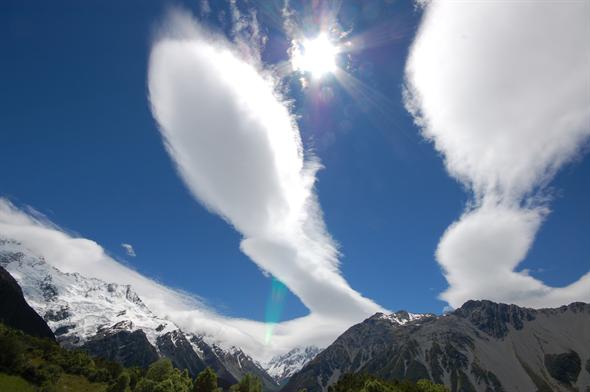
The air currents caused by the mountains create sensational cloud displays. Credit: of the surrounding mountains.
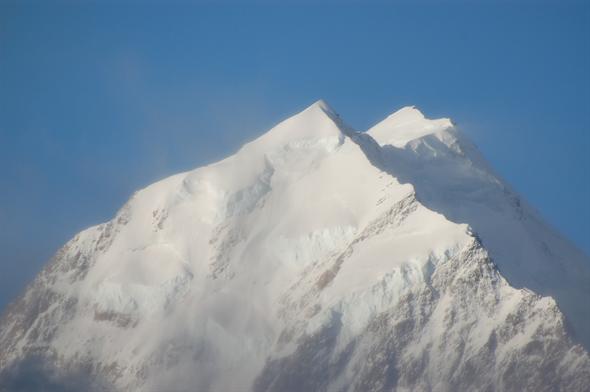
The snowy peak of Mount Cook is the highest point in New Zealand. In addition to hiking and climbing, the area is known for stargazing. There are observatories here and at nearby Lake Tekapo Credit: of the surrounding mountains.
New Zealand is like a mini Canada, packing a tremendous array of geographical wonders into an area the size of our Atlantic provinces. The sparsely populated country is particularly suited to nature lovers and outdoor sports enthusiasts. Sailing, swimming and surfing are popular on the smaller, warmer North Island, while hiking and skiing rule the mountainous South Island.
Queenstown, which hosts its 7th annual gay ski week the first week of September, is the country’s adventure sports centre: Glacier trekking, waterfall rapelling, rock climbing and bungie jumping excursions originate here. Even the most rough-and-tumble New Zealanders are exceptionally jovial and gay-friendly.
Enjoy our photo gallery of New Zealand, above. Photos and commentary by David Walberg, publisher and editor at large.
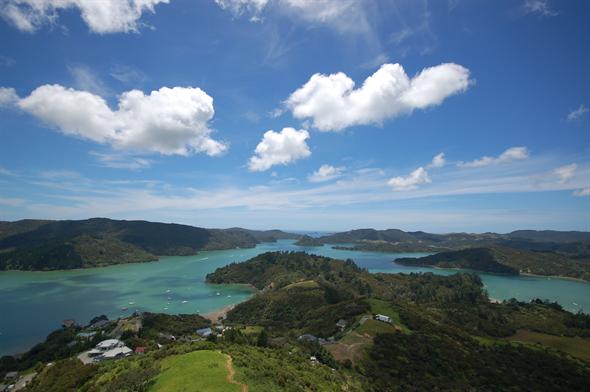
 Why you can trust Xtra
Why you can trust Xtra